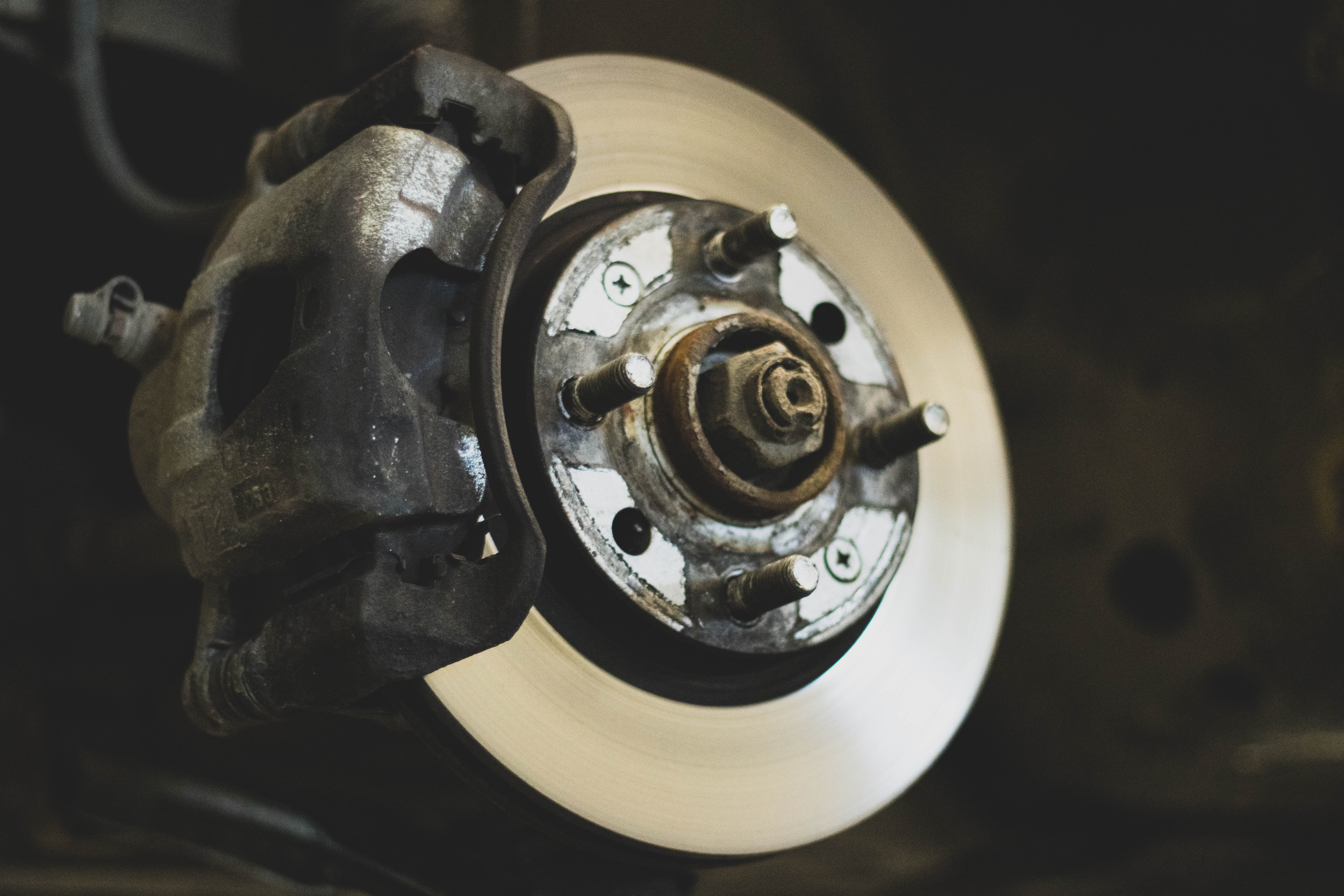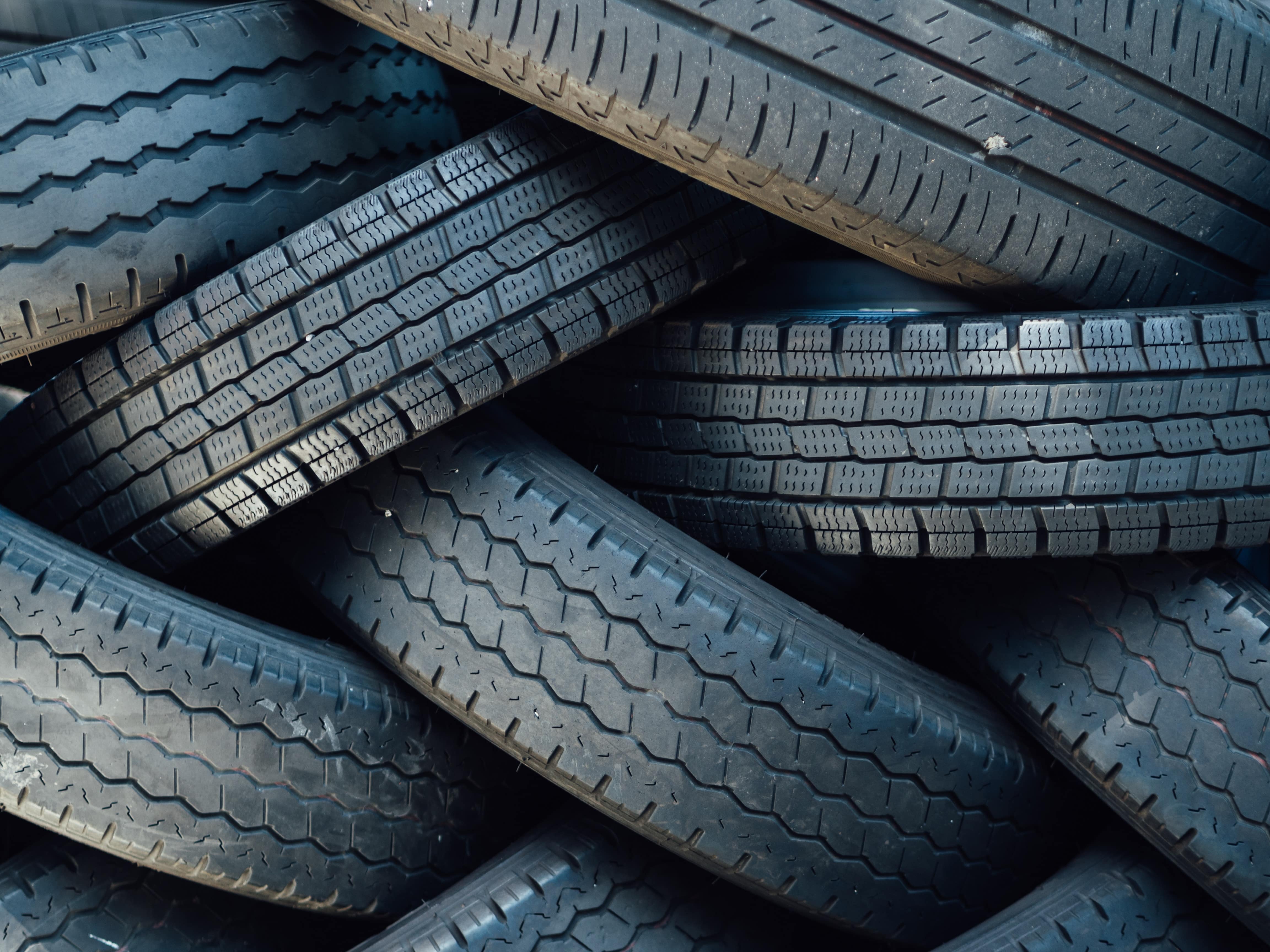A failed MOT test can bring with it expensive repairs, so it certainly pays to know the most common reasons for MOT failure.
Your car can fail its MOT for a number of reasons, which regular car maintenance can help you to avoid.
Read on and familiarise yourself with the most common reasons for MOT failure, and give yourself the best chance of passing your next MOT test.
Page Contents
What are the Most Common Reasons For MOT Failure?
Of all the components and systems checked during an MOT, issues with the following are the most likely to result in an MOT fail:
- Brakes
- Exhaust system
- Lighting and signalling
- Registration plate
- Suspension
- Tyres
- Visibility issues
- Windscreen
- Windscreen wipers
Plan ahead and have any problems fixed in advance of an upcoming MOT test by knowing the parts that are likely to cause MOT failure.
Brakes
Did you know that excessive wear on your vehicle’s brakes - or even an issue with the handbrake - can result in MOT failure?
You may notice a squealing or grinding noise coming from the brakes, which can signal that the brake pads need to be replaced.
If the car pulls to the side when braking, then this can also be a sign that there is a brake issue which needs to be addressed.
The MOT tester will inspect the physical braking components, as well as the efficiency of your brakes. This means that the brakes, handbrake, anti-lock braking system (ABS), electronic braking system (EBS) and brake fluid levels can be checked.
The legal limit for brake pads is 1.5mm, and your car will fail the MOT test if the brake pads are below this limit. Once your brake pads fall below 6mm, you will likely notice a dip in your vehicle's performance.

Your car could similarly fail the MOT test if the brake pads, pipes, discs, drums or calipers are contaminated or missing, or if the ABS or EBS warning device is defective.
Your vehicle may fail its MOT if the brake fluid is contaminated or below the minimum mark, or if the brake fluid warning light is illuminated or defective.
You may wish to check your brake fluid level ahead of an MOT, to reduce the chance of your brakes failing. Top up the brake fluid levels to between the minimum and maximum markers, or have a mechanic do this for you.
Exhaust System
Your vehicle can fail its MOT test if there is a fault with the exhaust system.
The exhaust system could be loose or missing a silencer. Any sign of corrosion or noticeable noise being produced by the exhaust system could also be the cause.

Know that your exhaust will only fail the MOT if there is a significant leak, or if the emissions levels are classed as unsafe.
Lighting and Signalling
Lighting and signalling issues are responsible for a high percentage of MOT failures. Anything from poor headlight aim to blown bulbs can result in a fail.
Problems with the indicators flashing and brake lights can also cause a vehicle to fail its MOT. Even a wrong colour of light can result in immediate MOT failure.
Whilst this could mean that a bulb needs to be replaced, there could be a more significant issue, like a cracked or smashed light, or a faulty fuse or wire.
A cracked or smashed headlight or tail light will not instantly result in a fail, but it could do if the wrong colour of light is displayed for the light in question.

All of the vehicle’s exterior lights need to work correctly on both the front and rear of the vehicle. The indicators, running lights, main beam, high beam and hazard lights also all need to work properly in order to pass the MOT.
You might want to ask a garage to check the angle of your headlights ahead of an MOT test if you think it is slightly off.
Registration Plate
As your car’s registration plate needs to be easily identified by other road users, mechanics and the police, a damaged front or rear number plate - or a faulty light above the plate - can result in MOT failure.
You can buy and have the number plates replaced for around £40.
Suspension
It can be easy to miss a shock absorber leak or a broken spring, but your vehicle will fail its MOT if there is a fault with the suspension.
You could hear noticeable knocking or banging when the vehicle travels over bumps in the road.
You may also notice that the vehicle lurches in a specific direction when driving, which could be a sign that your vehicle will fail its MOT due to a suspension fault.

Tyres
In order to pass the MOT test, the tread depth on your tyres must meet the legal minimum of 1.6mm. It is recommended that you replace your vehicle’s tyres when the tread depth falls below 3mm.
If you are stopped by the police driving on tyres with insufficient tread depth, you could be faced with a £2,500 fine and 3 penalty points on your licence.

If the tyres have been incorrectly fitted or balanced, are the wrong tyre size or speed rating for your vehicle, or there is any damage to the tyre sidewall, then this could result in MOT failure.
Your vehicle will also encounter immediate MOT failure if the tyre cords are visible, and you will be advised to replace the tyre as soon as possible.
Visibility Issues
As being able to see the road ahead is essential, anything that obstructs the driver’s view could lead to MOT failure.
Any chips or cracks that are in the driver’s eyeline could be the cause, as could air fresheners or sat-navs.
The bonnet is included in this category, as a faulty bonnet could pop up and unexpectedly block the driver’s view.
Windscreen
It is illegal to drive a vehicle which has any cracks in the windscreen that obstruct the driver’s view.
Chips or cracks in Zone A of the windscreen - the section directly in front of the driver - measuring over 10mm in diameter will cause you to fail your MOT.
Damage of 40mm anywhere else on the windscreen will lead to MOT failure, and the crack will need to be fixed before the vehicle is retested.
If you are stopped by the police for driving with a damaged windscreen, you could receive a fixed penalty notice and receive points on your licence.
Windscreen Wipers
Damage or tears to your windscreen wipers will result in MOT failure, as will windscreen wipers which leave streaks on the windscreen when in use.
There could be stones stuck in the wipers which, when removed, will eliminate the streaks.

Alternatively, the rubber on the windscreen wipers may need to be replaced - it is rare that the full wiper will need to be replaced.
What Happens When You Fail Your MOT?
If you are unlucky enough to fail your MOT test, then you will need to ensure that you have the problems resulting in the failure fixed. Please note that if you fail your MOT, you will likely be unable to drive the vehicle until any faults have been identified and fixed.
The garage that carries out your MOT test will be happy to advise you as to the repair work your vehicle needs in order to pass during a retest.
Once your car has been repaired or serviced, you will need to book in for another MOT test to ensure that your vehicle is now roadworthy.
For some older vehicles, it may be the case that the vehicle will need to be scrapped if the issues would be too difficult or costly to fix.
How Do I Avoid These Common MOT Fails?
There are a few key checks of your vehicle you can do ahead of an MOT test to give your car the best chance of passing its test.
It may be worth investing in a kit to clean the plastic lens on your lights ahead of your next MOT.
To ensure that your lights are working as they should, turn on all your lights and walk around the car. Look for any cracks in the lights, and ask someone to stand behind the car when it is safe to do so to make sure that the brake lights shine when you press the brake pedal.
Remember to give your registration plates a good clean before your MOT test, along with the inside and outside of your vehicle.
To determine if there are any issues with your suspension, you can check if your car sits level when you park it. If the car is too high or low on any corner, then there could be a problem with the springs. Try walking around the vehicle and pressing down on each corner.
If the suspension is working correctly, then the car should return back to a normal level after you push down. If it bounces up and down a few times instead, then there could be a suspension issue which you should have checked out ahead of an MOT test.
To check that your vehicle’s tread depth is at the appropriate level, you can perform a tyre tread depth test.
Keep an eye out for any warning lights that appear on your dashboard, and be sure to act if you notice a strange noise or smell coming from your vehicle.
If there are any issues which you cannot resolve yourself, a professional garage will be happy to advise you as to any repair work your vehicle may need in advance of an MOT test or retest.
We hope that you have enjoyed this article all about the most common reasons for MOT failure - but do you know which car problems won't lead to MOT failure?






